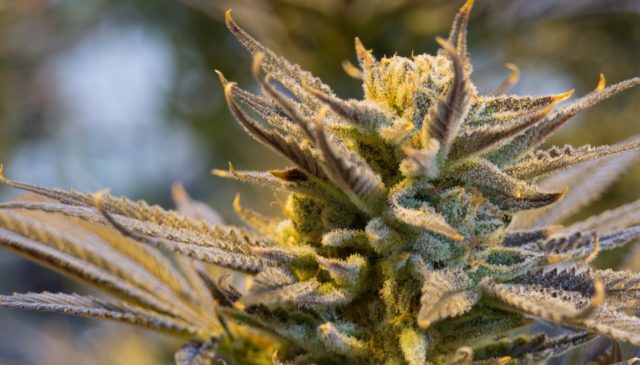
In the United States, opioid overuse and abuse has skyrocketed in recent years, as tens of thousands of Americans die from opioid-related overdoses each year. According to the National Institute on Drug AbuseApproximately 21% to 29% of patients prescribed opioids for pain management abuse them, and between 8% and 12% develop an opioid use disorder.
To address the ongoing problem of opioid addiction, many patients and physicians are increasingly turning to medicinal cannabis to curb opioid use while relieving chronic pain. However, there are currently no guidelines on how to get rid of opioids or use cannabinoids effectively to properly relieve pain.
In a recently in the International journal of clinical practiceResearchers used a five-step Delphi procedure to develop recommendations on how and when to use cannabinoids in the presence of opioids to control chronic pain, and ultimately limit opioid use using cannabinoid titration.[1] The Delphi process is a technique of reviewing and summarizing the opinions of various experts to develop a consensus guide.
Regardless of the physical or psychological intervention, the researchers agreed that cannabinoids could be a viable option for patients with chronic pain who do not experience adequate pain relief from opioid use, especially those who experience complications related to opioid use occur. There are no age restrictions on eligibility.
Instructions for using cannabinoids:[1]
- Cannabinoids should be avoided in pregnant / breastfeeding individuals or in the presence of cannabinoid side effects
- During the day, an oral extract consisting primarily of cannabidiol (CBD) should be used
- Patients may be able to add tetrahydrocannabinol (THC) as needed with a starting dose of 0.5 mg to 3 mg. The dose can be increased once or twice a week to 1 mg to 2 mg to a maximum of 30 to 40 mg per day
- Smoking was discouraged and vaporization was recommended instead for breakthrough pain
Instructions for Opioid Rejuvenation:[1]
- With an improvement in function and less need for medication to combat pain, opioid rejuvenation can be initiated by 5-10% every 1 to 4 weeks
- The aim is to reduce pain intensity by at least 30% and the opioid dose by at least 25% and to achieve a significant improvement in function and quality of life
Healthcare providers should monitor the patient’s progress once or twice a month and every 3 months after stabilization. You should also evaluate other medications or recreational substances the patient is taking to minimize side effects or interactions.
This review can help healthcare providers and patients optimize their outcomes by providing guidance on how to properly administer cannabinoids and tapered opioids for safe pain relief.
Credit: Brent Barnett
Image source: https://pixabay.com/photos/cannabis-pot-weed-marijuana-drug-2152602/
reference
- Sihota A et al. Consensus-based recommendations on cannabinoid titration and opioid rejuvenation for chronic pain control. Int J Clin Pract. 2020; e13871.
